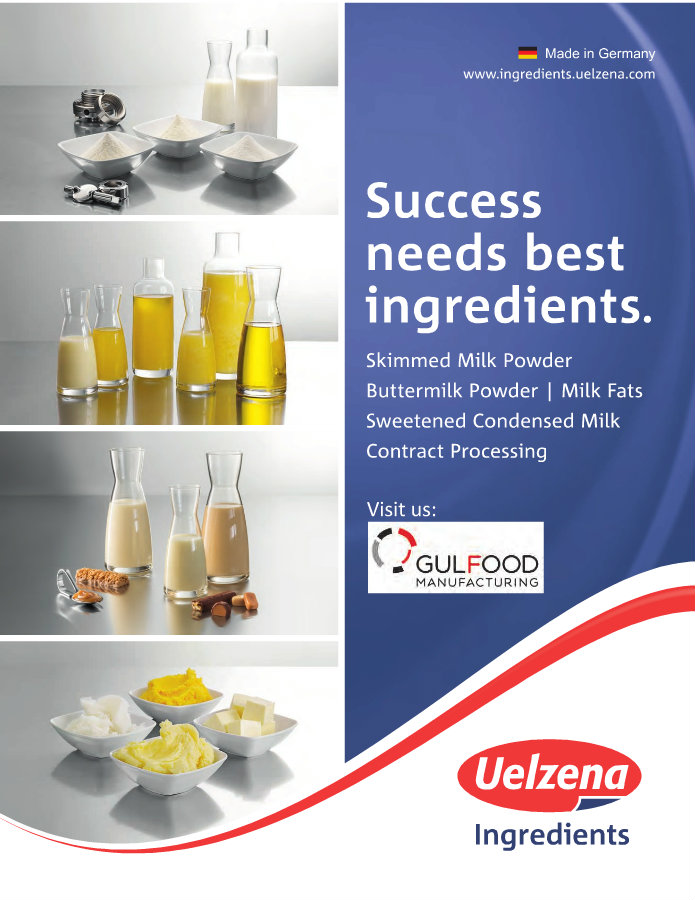Briefly: Tapeworm tale — IAFP 2018 — Sanitary food transport
Registration opens for IAFP 2018
Registration is now open for the 2018 conference of the International Association for Food Protection, which is scheduled for July 8-11 in Salt Lake City.
Early registration fees are available through June 5. After June 5, the higher registration fees will be in effect. View fee details here.
With a reputation for quality content, the IAFP Annual Meeting features more than 1,000 technical, poster and symposia presentations detailing current information on a variety of topics relating to food safety.
A broad mix of more than 3,600 attendees representing 59 countries is expected. The annual conference attracts food industry professionals, educators, government officials and scientists who are involved in all aspects of growing, storing, transporting, processing and preparing all types of foods.

Illustration
New food safety rules for small truck fleets
A main goal of the Food Safety Modernization Act, signed into law by President Obama in 2011, is to shift the U.S. approach to safer food away from reaction and toward prevention.
Part of that prevention involves ensuring that 18-wheelers and other vehicles transporting food are clean and do not present risks of contamination. Known as the sanitary transportation rule, specific regulations for transportation companies are being phased in, as are other new rules mandated by the Act.
Beginning Sept. 17 this year, regulations will be effective for smaller transportation fleets. The new rule is already in effect for large carriers and fleet agencies. However, smaller fleets occupy the majority of the trucking ecosystem and face the most changes and regulations.
Digi International is one of the companies providing independent audits of refrigeration system compliance.
Colin Warkentin, the CTO of Digi SafeTemps, said “If you look at the Food Safety Modernization Act, it is really about the FDA trying to make the food chain safer. The government looks at the best practices out there to protect the transport of food, and they codify it with regulations to spread those practices throughout the industry.”

Illustration
Sushi aficionado has 66-inch tapeworm
A man pulled a 5 foot, 6 inch long tapeworm out of his body, after noticing “what looked like a piece of intestine” while he was using the toilet. The man said he eats sushi daily, specifically raw salmon sashimi, which carries a known risk of parasites and pathogens.
The man wrapped the moving worm around a cardboard toilet paper tube and took it to Fresno’s Community Regional Medical Center in a plastic bag.
Measuring the specimen on the floor of the hospital “it stretched a whopping 5 feet, 6 inches,” according to Dr. Kenny Bahn, who said the patient reported symptoms of bloody diarrhea. Bahn treated the man with a single-treatment deworming medication.
In 2017 the U.S. Centers for Disease Control and Prevention linked an increase in raw fish consumption to an increase of tapeworm infections. In addition to raw fish and seafood, people can contract tapeworms from beef, pork and wild game.
NEWS REFERENCE: FOOD SAFETY NEWS




